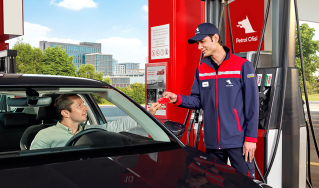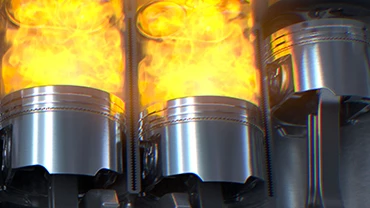
- Corporate
-
Stations
-
Product & Services
- V/Max Unleaded 95 with Active-4 Technology
- V/Max Diesel with Active 4 Technology
- Fuels Frequently Asked Questions
-
Lubricants
- Passenger Car Engine Lubricants
- Motorbike Engine Lubricants
- Heavy Commercial Vehicle Diesel Engine Lubricants
- Transmission and Differential Lubricants
- Marine Lubricants
- Industrial Lubricants
- Special Products
- Greases
- Ev Fluids
- Car Care Products
- Hydraulic System Oils
- Industrial Gear Oils
- Compressor Oils
- Turbine and Circulation Oils
- Rolled Bearing Oils
- Heat Transfer Oils
- Slideway Oils
- Air Tool Oils
- Moulding Oils
- Metalworking Fluids
- Transformer Oils
- Textile Oils
- Other
- Online Services




